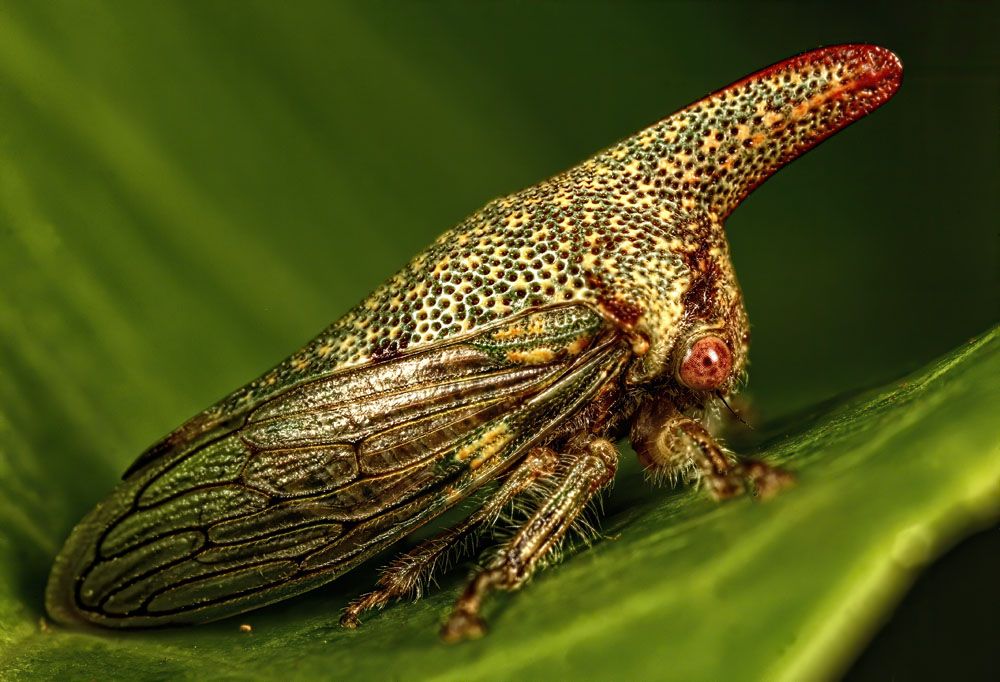
Oak Treehopper – Platycotis vittata
Oak Treehopper (Platycotis vittata)
Common Name: Oak Treehopper
Latin Name: Platycotis vittata
Appearance:
Oak treehoppers are enormous insects with hefty bodies resembling a triangle and sometimes patterned with stripes. They also typically, but not always, have a frontal horn on their head. If you don’t include the horn, the length is between 8 and 9 mm; when you include the horn, the length ranges from 10 to 13 mm. This species has a great deal of variation in the colour and the size of its horns.
Territory:
Oak treehoppers, Platycotis vitata, feed gregariously on oaks throughout the eastern United States.
Damages caused by Oak Treehopper:
The females cut through the bark to deposit their eggs, which results in the first damage. In addition to eating plant tissue, nymphs and adults suck cell fluids using their pointed, needle-like mouthparts.
Life history and habits:
Females may mate several times, but only the sperm of her most recent suitor is utilized to fertilize her c. 40 eggs. Females of this bug spend the winter among decomposing leaves. They hibernate during the winter, returning the following spring to deposit their eggs. Once the eggs have hatched, the nymphs congregate along the female’s opening in the bark. The female Nymph seems to brood her young while the males feed them via the opening. Females will physically defend their young by bumping off any potential threats. Overwintering forms develop from eggs deposited in August by the second generation. Nymphs are characterized by two little “spikes” on their backs and contrasting white, black, and red patterns.
